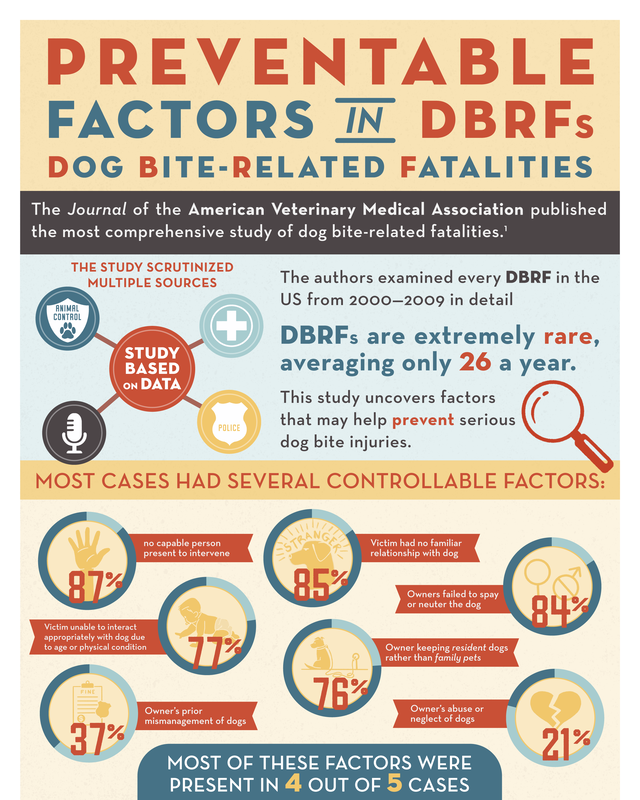|
I got a text from one of my media contacts earlier this week, asking if I would comment on a story about a woman who had been attacked and killed by a pack of dogs near Red Bay, Alabama, which is in Franklin County (which borders Mississippi). He wanted to know how frequent these attacks are, what criminal sentence the owner of the dogs could receive and wanted to talk about how dog owners are responsible for preventing attacks. I had not heard about the incident and told him I would get back to him. What I learned was not only had there been a tragic death, but it was a compounded tragedy and one which was preventable. I learned the following, being mindful that many facts are still not known. On Thursday, April 28th, a woman was walking in a rural area early in the morning and was attacked by a pack of dogs. Someone heard her screams, intervened and was able to chase the dogs away. The woman was air-lifted to a hospital in Mississippi. The attack was reported to the Alabama Department of Public Health which investigates dog attacks as part of a dangerous dog law called “Emily’s Law” that was enacted in 2018 following the fatality attack of Emily Colvin in Jackson County, Alabama. On Friday, an employee from the Alabama Department of Public Health went to investigate the attack and was attacked and killed. It is not known why she went to the location in person or if she requested assistance from law enforcement authorities, which seems unlikely. Her body was found in her car after deputies went to investigate a report of a suspicious vehicle in the area. They were also attacked by the same group of dogs, receiving only minor injuries. Media reports indicate the dogs were “euthanized” on the spot. This most likely means they were shot. The woman involved in the original attack remains hospitalized in Mississippi and is undergoing a series of surgeries. The reported owner of the dogs was arrested for manslaughter which is a Class C felony in Alabama. She will also be subject to the criminal provisions of Emily’s Law which include both felony and misdemeanor provisions. She could potentially face many years in prison if convicted and may be subject to civil suits. I would not be surprised to learn she did not actually own the dogs involved in the attack and was just feeding them to try to help them. I did an interview with the reporter and shared with him the same information I’m sharing in this blog. The first and most important point I shared was that attacks like this are preventable. I understand that dogs who are family pets get loose for a host of reasons not all of which relate to someone’s irresponsibility. Children open doors, contractors leave gates open, dogs jump fences or dig under fences to escape. There are also dogs who are classified as “resident dogs” who are the dogs most often involved in that is commonly referred to as DBRF - Dog Bite Related Fatalitiy. Extensive research has been done on DBFRs by Karen Delise of the National Canine Research Council and by the American Veterinary Medical Association. The Journal of the American Veterinary Medical Association published the most comprehensive multifactorial study of dog bite-related fatalities in December of 2013. The study was based on investigative techniques not used in previous studies (which were first done in the 1970s). The study showed a significant relationship between these fatalities and a number of “potentially preventable factors." (A follow-up report combined the findings from the 2000-2009 study with information from 2010-2015). This study showed the following controllable factors were identified:
The study also showed that the breed of the dogs or dogs could not be determined in more than 80% of the cases. What was reported by the media and what was contained in animal control reports were inconsistent, casting doubt on the reliability of the breed of the dog reported by the media. The breed of the dog could only be confirmed in just over 18% of the cases. (inforgraphic courtesy of the National Canine Research Council) The second thing I shared with the reporter was that attacks like this are very, very rare. There were 46 dog bite related fatalities in 2020 in a country of more than 300 million people and a canine population estimated to be between 75 and 90 million dogs. There were 47 fatalities in 2019 and 38 in 2018. Although these incidents are exceedingly rare, it is logical to presume they are more apt to occur in places where the preventable factors are prevalent, such as in parts of Alabama where dogs are primarily resident dogs, not family pets, and where those dogs are allowed to run loose and are not sterilized. I live in the county where a woman was killed by a dog in 2017. Emily Colvin (the woman after whom the dangerous dog law was named) also died in 2017, approximately 30 miles from the fatality in my county. I see dogs running loose almost every day sometimes in small packs. I have written before about this wild west culture of allowing dogs to roam and some of the consequences for the dogs. Not every dog we see running loose in Alabama is a tragedy waiting to happen in terms of attacking and killing someone. But unless and until the people of Alabama and other rural areas of the country start taking responsibility for their dogs related to the controllable factors which contribute to attacks, people will continue to die needlessly.
There are also issues related to the responsibility of elected officials and law enforcement authorities related to this particular attack. Alabama has a law about dogs running at large, but it has to be adopted by each county and then enforced. Franklin County has never adopted the law. There is also a state law that counties and municipalities with more than 5 thousand residents must operate a "pound" (related to enforcement of the rabies law) or pay a pro rata share toward operation of a pound. I'm aware of no such facility in Franklin County and it is not entirely clear if the county has an animal control officer. Is it possible that people reported this pack of roaming dogs and nothing was done about it. It is also possible that people did not report the dogs because they felt doing so would serve no purpose, they didn't know who to call or they didn't see anything wrong with dogs running loose. My hope is that the tragedy of this case will cause the county to adopt the state law about dogs running at large and develop some method to enforce the law to deal with dogs running loose and to also help prevent this type of attack from happening again. As has been stated by the National Canine Research Council, “all dog owners have an unequivocal responsibility for humane care, custody and control: providing a license and permanent identification; spaying or neutering their dogs; providing training, socialization, proper diet, and medical care; and not allowing a pet to become a threat or a nuisance.” Or a weapon. And all municipalities have a responsibility to keep people safe. *The phrase "unequivocal responsibility" is from a publication of the National Canine Research Council.
0 Comments
Your comment will be posted after it is approved.
Leave a Reply. |
AuthorI am an animal welfare advocate. My goal is to help people understand some basic issues related to companion animals in America. Awareness leads to education leads to action leads to change. Archives
July 2024
Categories
All
image courtesy of Terrah Johnson
|



 RSS Feed
RSS Feed